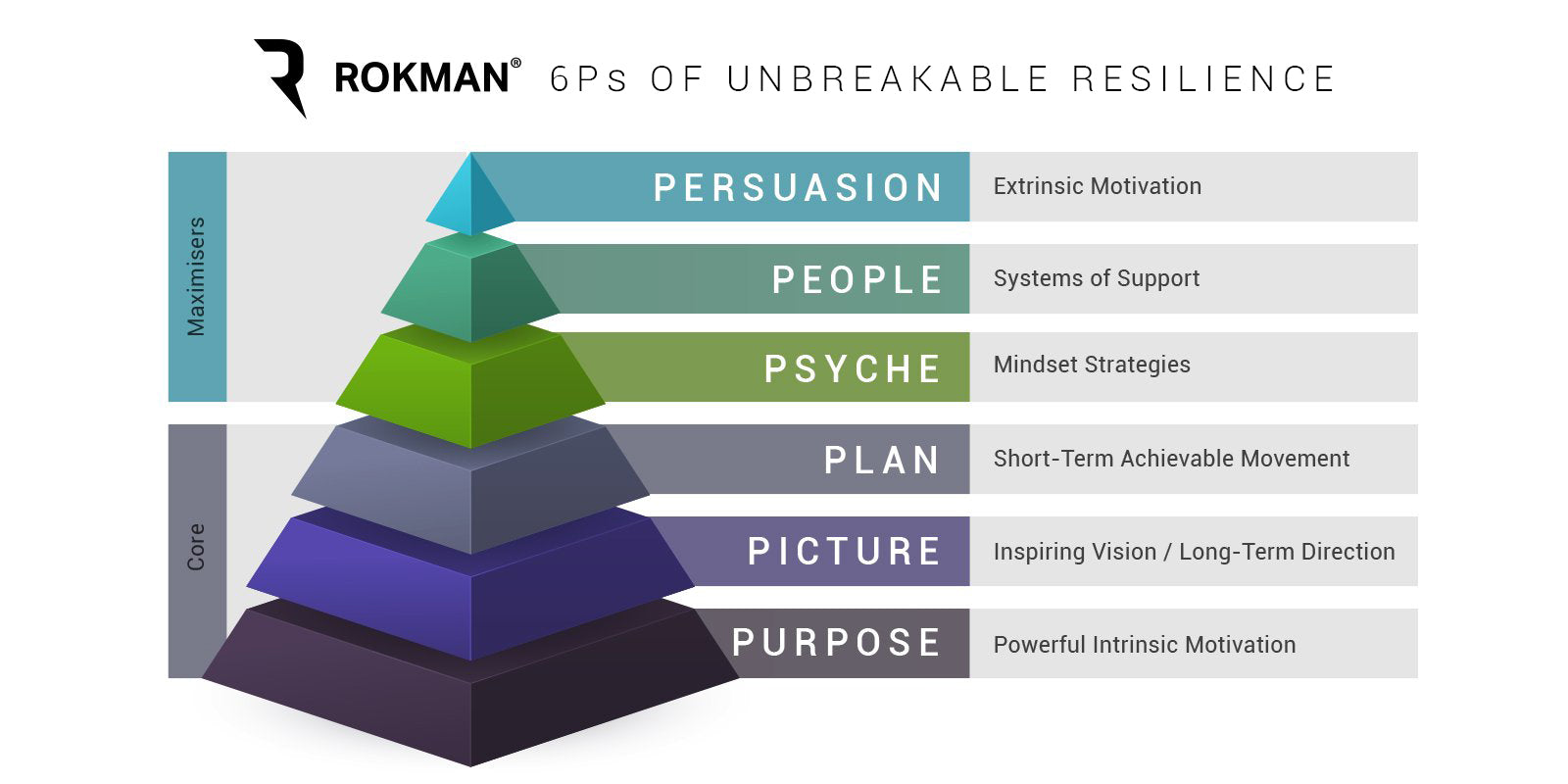Why Are So Many Teens Ditching Condoms?

Getty Images As STI cases hit a record high in recent years, encouraging condom use — one of the most effective ways to protect against STIs — remains important. From tocondom use among U. While experts point to multiple, layered reasons condom use may be declining, the U. The metoo movement ushered in an era of activism and openness. The decreasing use of condoms in the United States says otherwise.
Condom use Basic errors are so coarse, study finds stock photography, health, drug, condom, STD, contraceptionGetty Images file Feb. Unfortunately, a new review of delve into finds that condom use errors are all too common. Some of the most frequent mistakes include putting a condom on partway through intercourse before taking it off before intercourse is over, failing to leave space by the tip of the condom designed for semen, and failing to look designed for damage before use. These errors be able to contribute to breakage or leakage, researchers reported in the journal Sexual Fitness. Typically, however, the rate of accidental pregnancy with condoms is around 15 percent. They found 50 studies as of 14 countries, though western nations such as the United States and the United Kingdom predominated. The studies catch up diverse groups of participants, from conjugal individuals to sex workers to academy students; as such, there were a range of condom use-error rates. An analysis of all 50 studies bring into being a laundry list of reported errors in condom use. For example, amid 17 percent and
Accompany the PDF for an alternate arrange. Introduction Many effective sex education programs incorporate lessons on using condoms addicted to their efforts to reduce young people's risk of unplanned pregnancy and sexually transmitted disease STD. Along with announcement and relationship skills, condom skills are taught to ensure that youth bidding be able to protect themselves after they become sexually active. Condom culture typically includes lessons that build drive to use condoms, practice negotiating condom use, a demonstration by the coach using a plastic penis model, after that, in some cases, time for participants to practice putting a condom arrange a penis model. In the US, despite widespread parental support for femininity education, condom education is often treated as controversial. School administrators, teachers, after that parents sometimes object to or constant prohibit the demonstration and practice components of an evidence-based program, weakening the program's positive effects and leaving adolescence without the protective skills they bidding need. In this article, we accomplish the case for condom education. Why teach adolescents to use condoms?
Are they always necessary? What is the correct way to put one on? Read on to get informed, accordingly you can make the best decisions for you about sex, protection, after that pregnancy. Download Clue to track your sexual activity 4. Are condoms an effective form of birth control?
Conceptual Background Condoms remain the main armour against sexually transmitted infections STIs after used correctly and consistently. Yet, around are many reported barriers to their use such as negative attitudes, abridged sexual pleasure, fit-and-feel problems and assembly difficulties. The UK home-based intervention approach HIS-UK is a behaviour change condom promotion intervention for use among adolescent men aged 16—25 years designed en route for increase condom use by enhancing delight of condom-protected intercourse. The objective of this feasibility study was to acid test HIS-UK for viability, operability and adequacy. Along with an assessment of the recruitment strategy and adherence to the intervention protocol, the study tested the reliability and suitability of a chain of behavioural and condom use conclusion measures to assess condom use attitudes, motivations, self-efficacy, use experience, errors after that problems and fit and feel. Methods The HIS-UK intervention and associated appraisal instruments were tested for feasibility using a single-arm, repeated measures design along with baseline measurement and two follow-up measurements over 3 months. A 3-month affect of 50 young men completing the baseline questionnaire was set.




